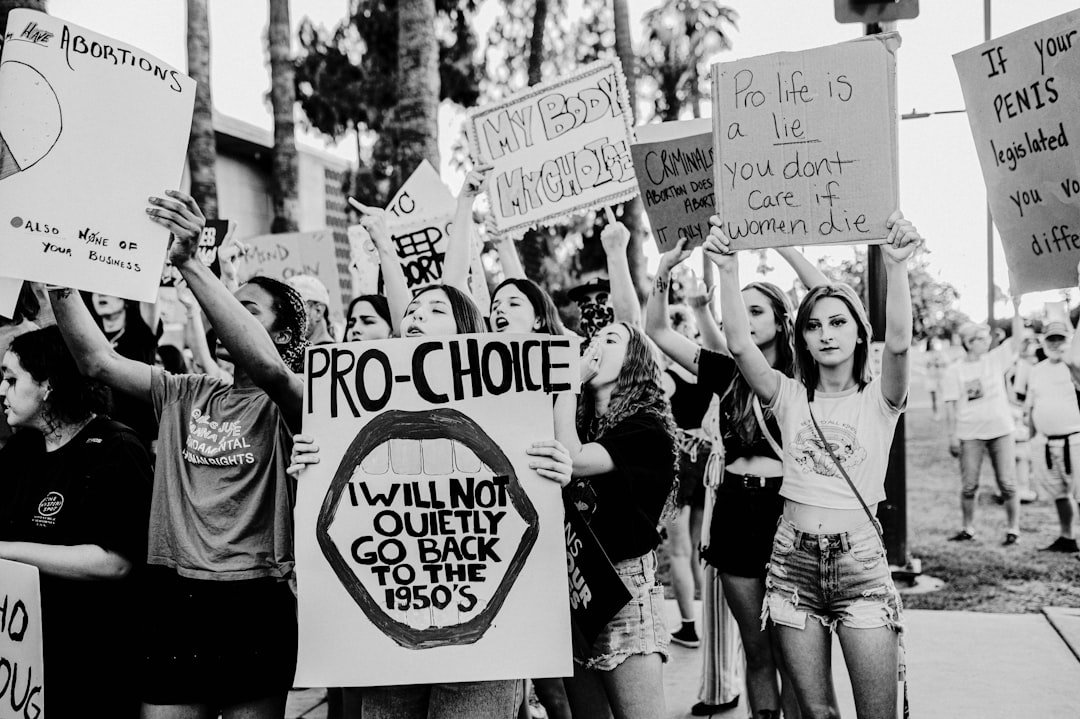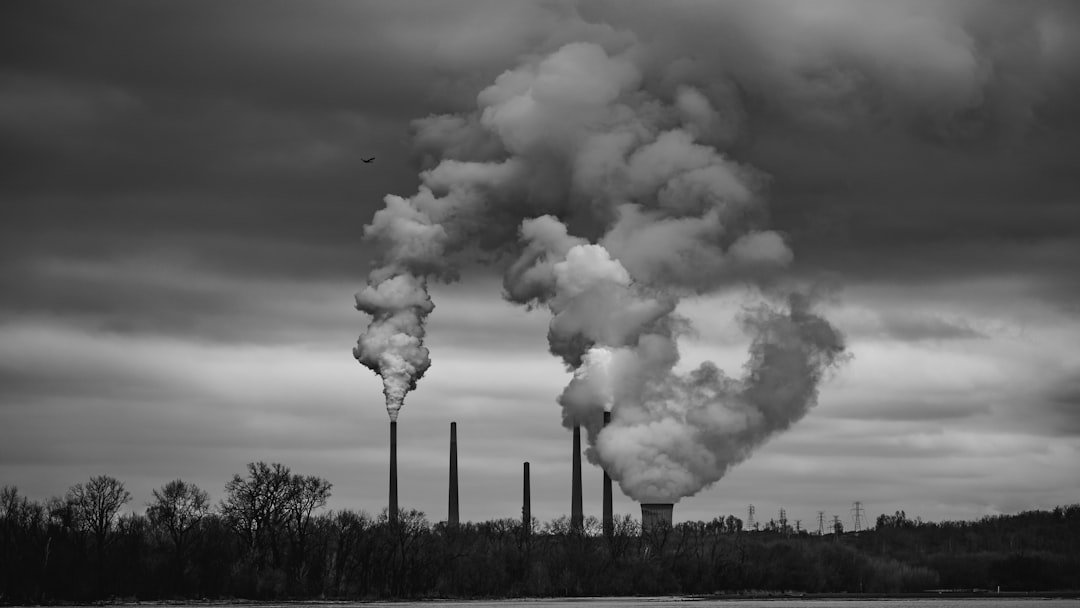Climate Change Advocacy Groups’ Function in Resolving Environmental Issues Advocacy groups for climate change are essential to the worldwide fight against climate change and environmental degradation. These groups, which can range from small-scale campaigns to major global NGOs, act as change agents by influencing legislation, inspiring communities, and increasing public awareness. A range of tactics are included in their multipronged strategy to tackle the intricate problems brought about by climate change. These organizations put forth endless effort to support sustainable practices & push for systemic change by utilizing scientific research, public engagement, & strategic partnerships.
Key Takeaways
- Climate change advocacy groups play a crucial role in addressing environmental issues by raising awareness and promoting action.
- These groups focus on promoting awareness and education about climate change to empower individuals and communities to take action.
- Collaboration with governments and policy makers is essential for implementing climate-friendly policies and driving systemic change.
- Mobilizing public support for climate change action is a key strategy for advocacy groups to influence policy and corporate behavior.
- Holding corporations accountable for their environmental impact is a priority for advocacy groups, as corporate actions significantly impact climate change.
Becoming a link between the public & scientific understanding is one of the main roles of climate change advocacy organizations. They convert intricate scientific data into information that the general public can understand. In a world where false information can spread quickly & cause indifference or resistance to necessary changes, this is vital. These organizations enable people and communities to take informed action, whether that be lowering their carbon footprint or pushing for local or national policy changes, by offering concise, fact-based messaging. A key component of climate change advocacy is education.
Many organizations concentrate on creating educational initiatives that cater to a range of audiences, from business executives to schoolchildren. For example, programs like the “Climate Reality Project” provide training sessions that give people the skills and information they need to promote climate action in their local communities. Workshops, webinars, and interactive exercises are frequently incorporated into these programs in an effort to keep participants interested & promote a deeper comprehension of climate science and its implications. Also, raising awareness of climate change is crucial to changing public opinion. Advocacy organizations spread awareness of the severity of the climate crisis through community gatherings, public service announcements, & social media platforms.
Greta Thunberg’s “Fridays for Future” campaign, for example, has inspired millions of youth around the world to call on their governments to take action. In addition to increasing awareness, these movements instill a sense of urgency that motivates people to take part in climate action projects. Effective climate policies require cooperation between government agencies and advocacy groups. At different levels of government, numerous organizations use lobbying to influence laws that address climate change.
Groups such as the Sierra Club, for instance, have played a significant role in promoting laws & policies pertaining to renewable energy that restrict greenhouse gas emissions. These groups assist in creating a legislative framework that places a high priority on environmental sustainability by presenting policymakers with recommendations supported by research & showcasing successful case studies from other areas. Apart from lobbying, advocacy groups frequently take part in public forums and consultations where they can directly address legislators with their issues and recommendations.
This interaction guarantees that environmental advocates’ viewpoints are taken into account during the decision-making process. Also, these groups can project a unified front that strengthens their influence and raises the possibility of enacting significant policy changes by partnering with other stakeholders, including corporations, scientists, & local leaders. A crucial component of advocating for climate change is enlisting the public’s support. To involve citizens and motivate them to take action, organizations use a variety of tactics.
Local issues that are important to the community, like water conservation or air quality, are frequently the focus of grassroots initiatives. Advocacy groups can encourage people to take part in projects that have a direct impact on their lives by portraying climate change as a local issue rather than a far-off global one. Social media has developed into a vital mobilization tool.
Advocacy groups can efficiently and rapidly reach large audiences through social media sites like Facebook, Instagram, and Twitter. By urging people to share their climate change-related experiences & stories, campaigns like ActOnClimate have been successful in energizing the public to take action. By encouraging a sense of belonging and shared accountability, this collective storytelling inspires people to participate in activism through rallies, petition signing, and other activities.
It is impossible to overestimate the contribution of corporations to climate change, so one of the most important roles of climate change advocacy groups is to hold them accountable. Numerous groups keep a close eye on business operations & promote openness about environmental effects. In order to help investors and customers make educated decisions, initiatives such as the Carbon Disclosure Project encourage businesses to reveal their sustainability policies & carbon emissions. Also, advocacy groups frequently run campaigns to put pressure on businesses to implement more environmentally friendly procedures.
For example, campaigns that target fast fashion brands have brought attention to the harm that unsustainable production methods cause to the environment. These organizations have the ability to significantly alter corporate behavior by igniting public outrage & promoting boycotts or divestitures from businesses with a bad environmental record. The growth of ethical consumption shows that businesses can be persuaded to give sustainability top priority in their operations by public pressure. Because marginalized communities are disproportionately affected by climate change, advocacy organizations must support and elevate their voices. Recognizing that vulnerable populations frequently suffer the most from environmental degradation despite making the least contribution to the issue, many organizations place a high priority on social justice within their frameworks for climate action.
Advocacy organizations can guarantee that local communities’ needs & viewpoints are represented in climate discussions by collaborating with them. For instance, groups like “The Climate Justice Alliance” collaborate closely with frontline communities, which are the most impacted by climate change, to create solutions that tackle social justice and environmental concerns. By embracing a range of viewpoints and experiences, this strategy not only strengthens these communities but also advances the larger climate movement. Advocacy organizations can promote empathy and understanding among broader audiences by showcasing the experiences of marginalized groups, which will ultimately lead to more inclusive climate policies. The foundation of successful climate advocacy is research. To obtain information on the effects of climate change and possible remedies, numerous organizations fund scientific studies or work with academic institutions.
Their lobbying efforts are aided by this research, which also gives legislators the proof they need to back climate-friendly laws. Policymakers who may be reluctant to move away from fossil fuels, for example, may be persuaded by research on the financial advantages of renewable energy. Also, monitoring the efficacy of current programs and policies is a common goal of data collection activities. Advocacy organizations can effectively inform governments and other stakeholders about what works and what doesn’t in terms of climate action by evaluating results & identifying best practices. The argument for enacting more aggressive climate policies is strengthened & credibility is increased by this evidence-based approach.
Effective action on climate change requires international cooperation because it is a global issue that cuts across national boundaries. By taking part in international forums like the United Nations Framework Convention on Climate Change (UNFCCC), advocacy groups frequently play a critical role in promoting cooperation among nations. These groups support robust international accords that bind countries to cut greenhouse gas emissions and aid susceptible nations in preparing for the effects of climate change. Also, a lot of advocacy organizations focus on creating networks that link activists worldwide. Initiatives such as “350 .
org” have sparked international campaigns that bring people from all walks of life together in support of the same objective: bringing atmospheric carbon dioxide levels down to acceptable levels. These organizations strengthen the voice of activists around the world and put more pressure on governments to take significant climate change action by encouraging solidarity among activists. To sum up, advocacy organizations for climate change are essential to the struggle against environmental deterioration.
These groups are helping to create a more sustainable future for everybody through research engagement, public mobilization, corporate accountability initiatives, education, coordination with policymakers, & international cooperation. In addition to addressing current environmental issues, their multipronged strategy establishes the framework for long-term systemic change that is required to successfully address the climate crisis.



